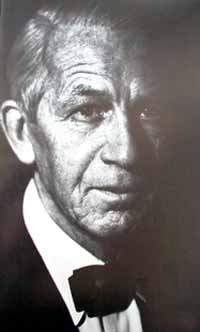|
CLICK HERE TO VIEW SELECTION OF PRINTS
In 1917, he had an exhibition at Herwarth Walden's Der Sturm Gallery in Berlin. His work from the late 1910s and early 1920s can be described as Cubo-Futuristic because it combined the figurative with the abstract. Often figures are placed spatially before an environment composed of disjunctured fragments of rectangles, trapezoids and triangles. The figure struggles to maintain its distinction from the elements surrounding it. He employs a vocabulary of repetitive patterns and emphasizes geometric forms rather than emphasizing natural wood striations (in his woodcuts) which was a favored technique among the Expressionists. Molzahn's print technique more closely resembles younger artists such as Willi Baumeister and Oscar Schlemmer. This younger generation was inspired by mechanical drawings and industrial forms. Uniformity and cohesion were emphasized as a statement of a human, universal identity. This utopian vision of universal creativity and communal harmony was exactly what the 1937 Degenerate Art exhibition despised. Instead, Hitler envisioned a social order based on master and slave, subjugation and repression. Molzahn was active in Weimar after World War I and he was asked by Walter Gropius to survey artistic activity in the region. He never joined the faculty of the Bauhaus but his work was included in their third Bauhaus Portfolio because of his association with Walden. In 1923 he became a teacher of graphics and typography at the Madgeburg School of Applied Arts and from 1928-33 he was employed at the Academy in Breslau. In 1926, his work was included in the Brooklyn Museum's International Exhibition of Modern Art organized by Katherine Dreier. Six paintings by Molzahn were included in the 1937 exhibition of Degenerate Art after being confiscated from museums in Breslau and Essen. Portfolios of prints by Molzahn published by the Bauhaus were also included in that exhibition. The Nazis criticized the Bauhaus efforts to infiltrate "healthy German art with the germs of Jewish, Asian, and Communist principles". |
 Johannes Molzahn (1892-1965)
Johannes Molzahn (1892-1965)